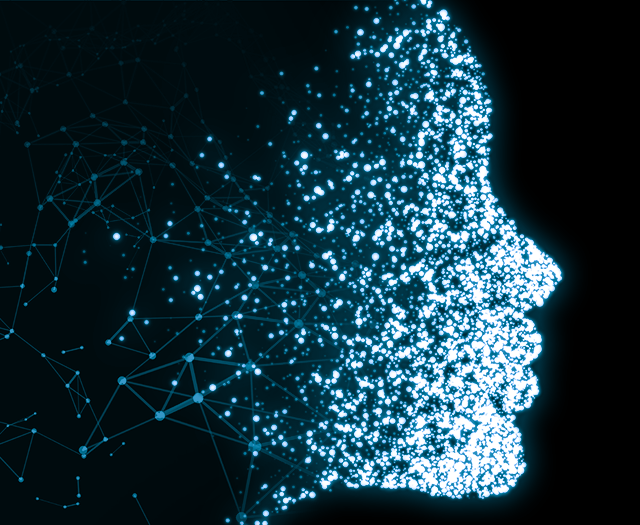How artificial intelligence is revolutionizing 3D imaging technology
AI is here to stay. It’s the future of technology and 3D medical photography is no exception. Huge advances in AI have been made over the last 5 years, especially in processing and making sense of existing data… and this is just the beginning. With AI, the speed at which complex, time-consuming and previously manually performed tasks have been automated is breath-taking. Its application to 3D imaging technology not only means that tasks are performed quickly and automatically, but its ability to evolve and constantly adjust also means that it resolutely tailors to a deeper adaptation of physicians’ specific needs.
What is AI?
AI or Artificial Intelligence “makes it possible for machines (computers) to learn from experience, adjust to new inputs and perform human-like tasks.” (1) Its application is vast, from algorithms to prompt choices on Social Media, self-driving cars, to pinpointing cancer on medical images. As a term, it was originally used in the 1950s in the context of Neural Network research, then for Machine Learning from the 1980s and now, Deep Learning. Due to advanced algorithms, big data volumes and enhanced computer power and storage, it is increasingly popular today.
AI and 3D imaging
3D imaging is a game changer for aesthetic practitioners, who work with shapes, volumes and textures. 3D photography provides life-like imagery, similar to the perception of human eyes (two viewpoints that merge to make one image). It enables physicians and patients to visualize volumes, depths and shapes from different viewpoints, in different modes (Before/After, skin analysis etc), providing superior image resolution and more precise data.
AI in 3D imaging automates otherwise cumbersome and time-consuming tasks: junk detection, sorting by region of interest (Face, Breast, Body), associating image sets, removing duplicates, reordering sets, giving subjects anonymity, getting standardized “After” images ….
Aesthetic practitioners are increasingly keen to offer a more unique, efficient and personalised experience to their patients. As such, AI in 3D imagery is an essential element to include in the consultation workflow; for physicians, tasks are performed quickly and automatically, so there are significant efficiency gains providing more valuable time to dedicate to the patient. By automizing tasks that were previously manually performed, AI saves doctors time so they can make treatment options and results visible and, in turn, increase loyalty.
AI, tangible benefits to the “Science of Shapes”
With 20 years of innovation in medical imaging processing, QuantifiCare continues to be in tune with trends that drive technology. Pioneers firstly in 2D and now, 3D digital photography for clinical trials and aesthetic practice, it has understood how Aesthetics is the “Science of Shapes in 3D” and demands a professional system. Its commitment to the importance of AI is evident in its dedicated AI R&D team with access to data accumulated over 20 years and state-of-the-art AI models. Their latest innovations have harnessed AI’s ability to gain time, optimise operabilityand streamline consultation workflow.
Four-time recipient of the Best Aesthetic Device, Quantificare is proud that its LifeViz® Infinity Pro is the only AI powered system tested and approved by doctors. Intelligent products make all the difference.
(1) SAS Institute Inc, USA Artificial Intelligence: what it is and why it matters, 2022

